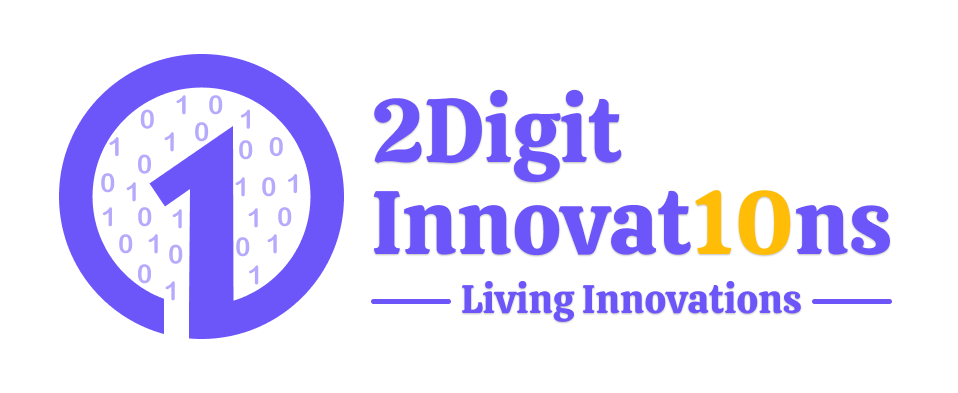The Importance of User Research in UI & UX Design: Methods and Techniques
10 Apr 24
The Importance of User Research in UI & UX Design: Methods and Techniques
In the world of digital design, creating user interfaces (UI) and crafting user experiences (UX) that resonate with users is paramount to the success of any product or service. One of the key factors that contribute to the effectiveness of UI & UX design services is user research. In this blog post, we'll delve into the importance of user research in UI & UX design, along with effective methods and techniques for conducting comprehensive user research.
Understanding User Research in UI & UX Design:
User research in UI & UX design involves gathering insights and feedback from users to inform the design process. It helps designers understand user behaviors, preferences, and pain points, allowing them to create intuitive and user-centric interfaces and experiences.
The Importance of User Research:
1. Informed Design Decisions:
User research provides designers with valuable insights into user needs and expectations. By understanding user behaviors and preferences, designers can make informed design decisions that resonate with the target audience and address their pain points effectively.
2. Optimized User Experiences:
Conducting user research helps identify usability issues and areas for improvement in the UI & UX design. By addressing these issues early in the design process, designers can optimize the user experience, resulting in higher user satisfaction and engagement.
3. Reduced Development Costs:
User research helps minimize the risk of developing products or features that do not meet user needs. By identifying potential usability issues and addressing them during the design phase, designers can avoid costly redesigns and iterations later in the development process.
4. Enhanced Brand Loyalty:
Designing user-friendly interfaces and experiences builds trust and loyalty among users. By prioritizing user needs and preferences, brands can create memorable and positive interactions that foster long-term relationships with their customers.
Effective Methods and Techniques for User Research:
1. Surveys and Questionnaires:
Surveys and questionnaires are effective tools for gathering quantitative data about user preferences, behaviors, and demographics. Designers can use online surveys or email questionnaires to collect feedback from a large number of users quickly and efficiently.
2. User Interviews:
Conducting one-on-one interviews with users allows designers to dive deeper into their experiences, motivations, and pain points. Through open-ended questions and probing techniques, designers can gain valuable insights into user behaviors and preferences.
3. Usability Testing:
Usability testing involves observing users as they interact with a prototype or a live product to identify usability issues and areas for improvement. By observing user behavior firsthand, designers can identify pain points and make informed design decisions to enhance usability.
4. Contextual Inquiry:
Contextual inquiry involves observing users in their natural environment to understand how they interact with a product or service in real-life situations. By immersing themselves in the user's context, designers can gain valuable insights into their needs, motivations, and challenges.
Conclusion:
In conclusion, user research plays a crucial role in UI & UX design services. By understanding user behaviors, preferences, and pain points, designers can create intuitive and user-centric interfaces and experiences that resonate with their target audience. By incorporating effective user research methods and techniques into the design process, UI & UX design services can deliver exceptional user experiences that drive user satisfaction, engagement, and brand loyalty.


CALL
Ready to Work Together In New Projects ?
Services
App Development
Web App Development
Digital Marketing
UI And UX Designing
Custom Mobile And Web Development
Free Tools
Quick Links
Our Apps
Find us on Clutch
Privacy & Policy
Shipping & Delivery Policy
Return & Refund Policy
Terms & Condition
FAQs
Legal
Contact
Hyde Park Crown First Floor, FF-14-21 Plot No GH-03 Sector-78, Noida, Uttar Pradesh 201306
info@2digitinnovations.com
+91 7814042409
